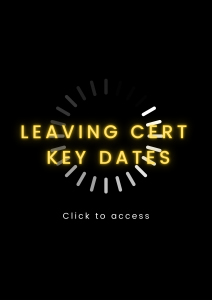For many job-seekers, LinkedIn is where it’s at – or, at least, where it should be at. A survey we carried out three years ago showed that 95 per cent of professional recruiters use LinkedIn as one of their key recruitment tools.
There is no charge to join LinkedIn. The following tips will help you whether you are already established on LinkedIn or new to the game.
- Give off a professional appearance by customising your LinkedIn URL. The added benefit of this is you will become easier to find and the neater URL will be easily distinguishable on a CV or Business Card. Find out more about the feature by visiting help.linkedin.com and searching for ‘customizing your public profile URL’. Be quick as unique URLs are issued on a first come, first served basis.
- Reinforce the message of your LinkedIn profile by showcasing aspects of your work which will sell you. The Summary, Education and Experience sections of your profile provide the most scope to achieve this by facilitating the inclusion of various media files such as videos, images, links and presentations. In help.linkedin.com, search for ‘adding, editing, moving, or removing work samples on your profile’ for more details.
- The endorsements section of your profile can assure potential employers of your competencies within your field. Don’t be afraid to ask your network to endorse your skills or to make new skills suggestions – all it takes is one click of the + button beside the skills they’re endorsing. Boosted by this added credibility from your peers, don’t forget to return the favour as the activity will increase your visibility within your network.
- LinkedIn groups have become one of the most effective means of modern-day networking. Sifting through posts, discussions and job prospect will enable you to establish who the main players are in your arena and who it is you need to connect with. This is when your activity gets you noticed. Your involvement in discussions lets people know what you bring to the table, so provide answers and initiate debates. Here you’ll benefit from having joined a medium sized group, say less than 1,000 people. What generally happens with the larger groups is that there is a danger that your opinion will get crowded out by the constant posts and updates.
- The LinkedIn groups feature provides users with a platform to showcase their skills, seek out guidance from their peers and open a gate for job opportunities – all while expanding on their professional profile and cementing their own personal ‘brand’.
- When deciding to join a group it’s important to establish what it is you wish to achieve by joining. Whether you wish to build contacts, display your expertise or have another purpose in mind, your own objectives will focus your involvement within the group – ensuring you don’t become another dormant member.
A key component of an effective LinkedIn group strategy is to maximise the visibility of your input. By choosing to engage in the most popular discussions, the value you bring can be easily noticed by industry leaders and recruiters etc. There will be lots of opinions in these discussions so there will be plenty of scope for your participation to highlight the value you can lend to the industry.






